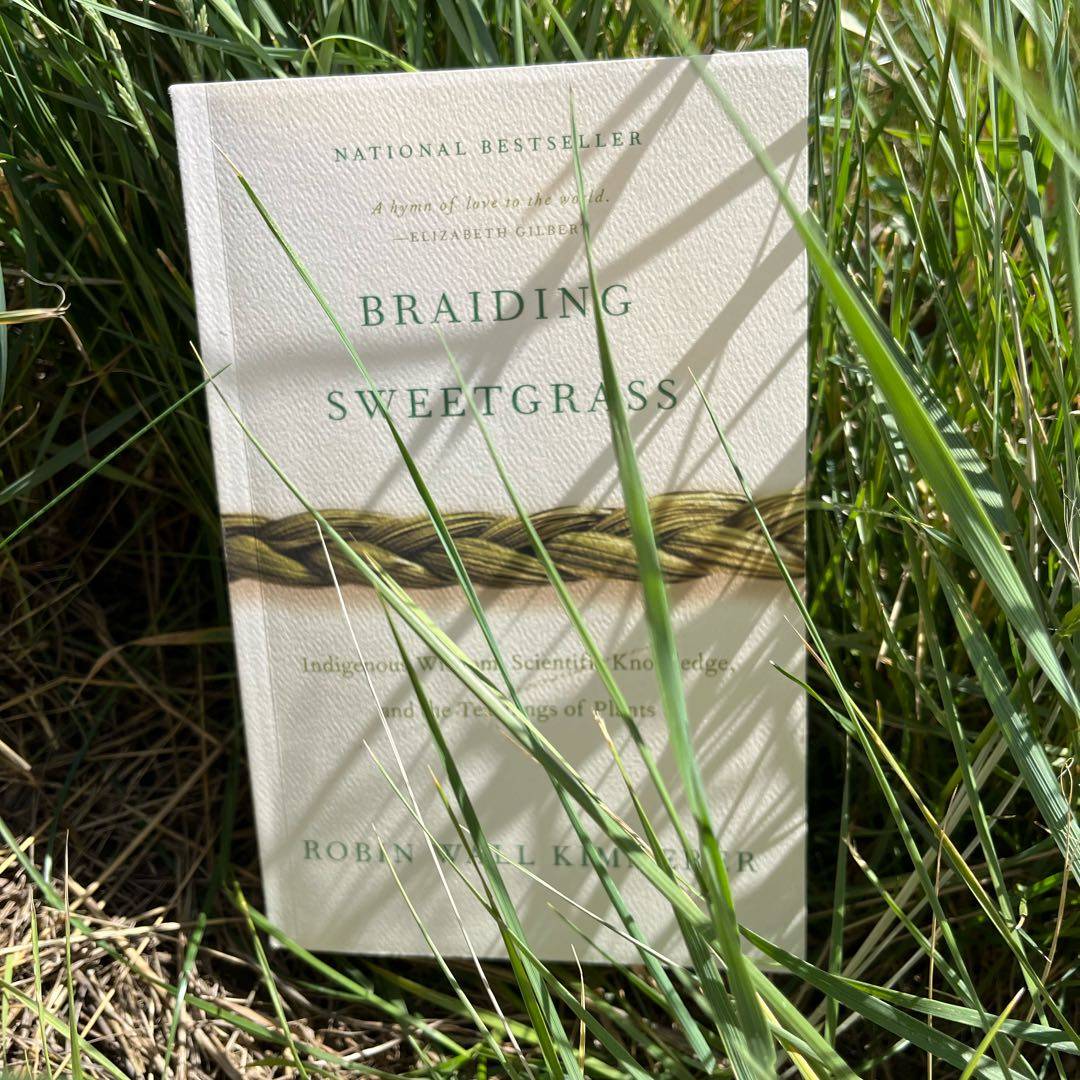
Oh my, I love this book. “Indigenous wisdom, scientific knowledge, and the teachings of plants”. Written skillfully and beautifully. I believe one of our direst problems (and there are so many 😩) is our loss of connection to the earth.

Oh my, I love this book. “Indigenous wisdom, scientific knowledge, and the teachings of plants”. Written skillfully and beautifully. I believe one of our direst problems (and there are so many 😩) is our loss of connection to the earth.
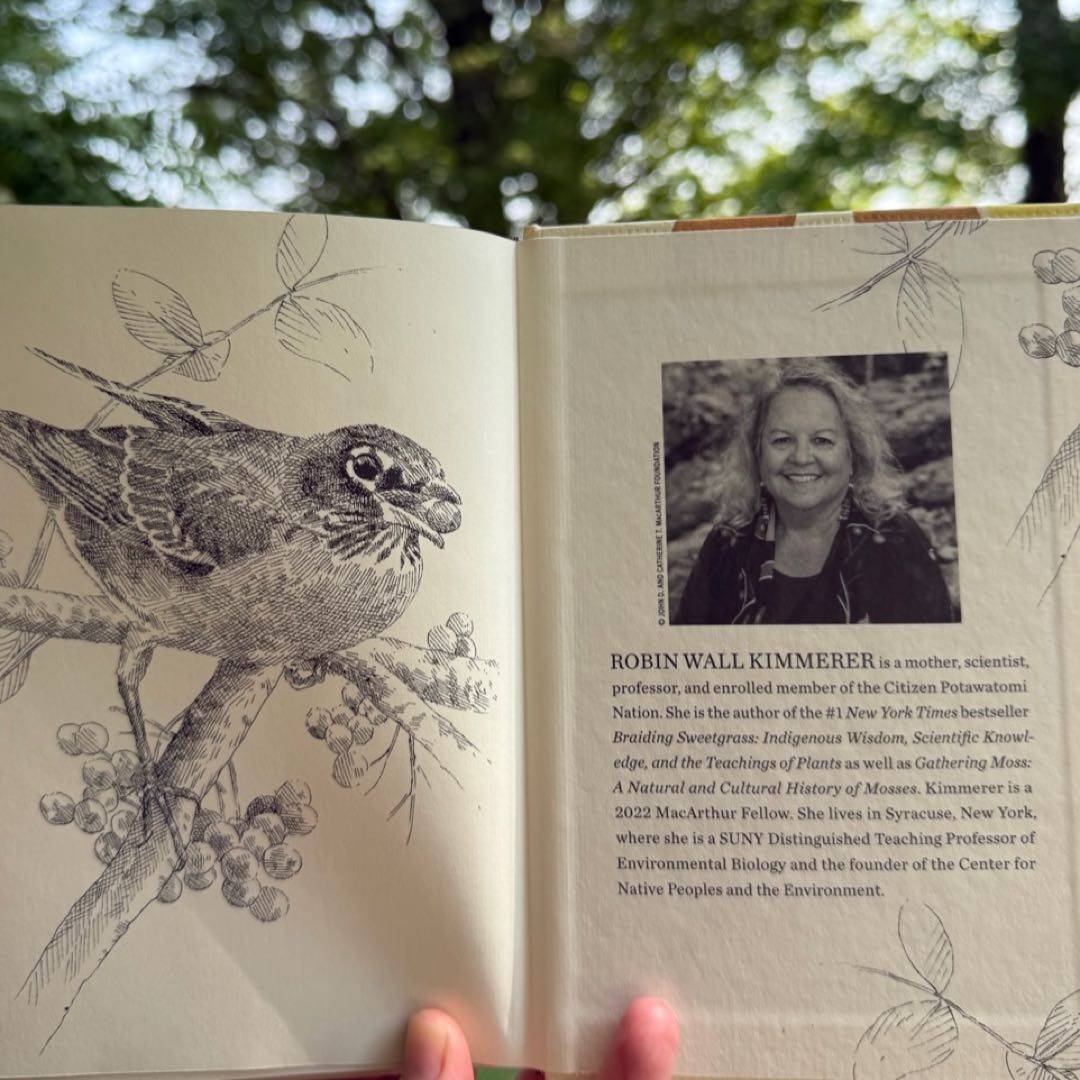
So @Allyneedsbooks and I are visiting the hometown of on of our very best friends. On a walk, she pointed out a neighbor‘s house, a ‘botanist at a college who spends her summers up here.‘ Y‘all, it‘s the author of Braiding Sweetgrass and The Serviceberry! I can‘t believe it!
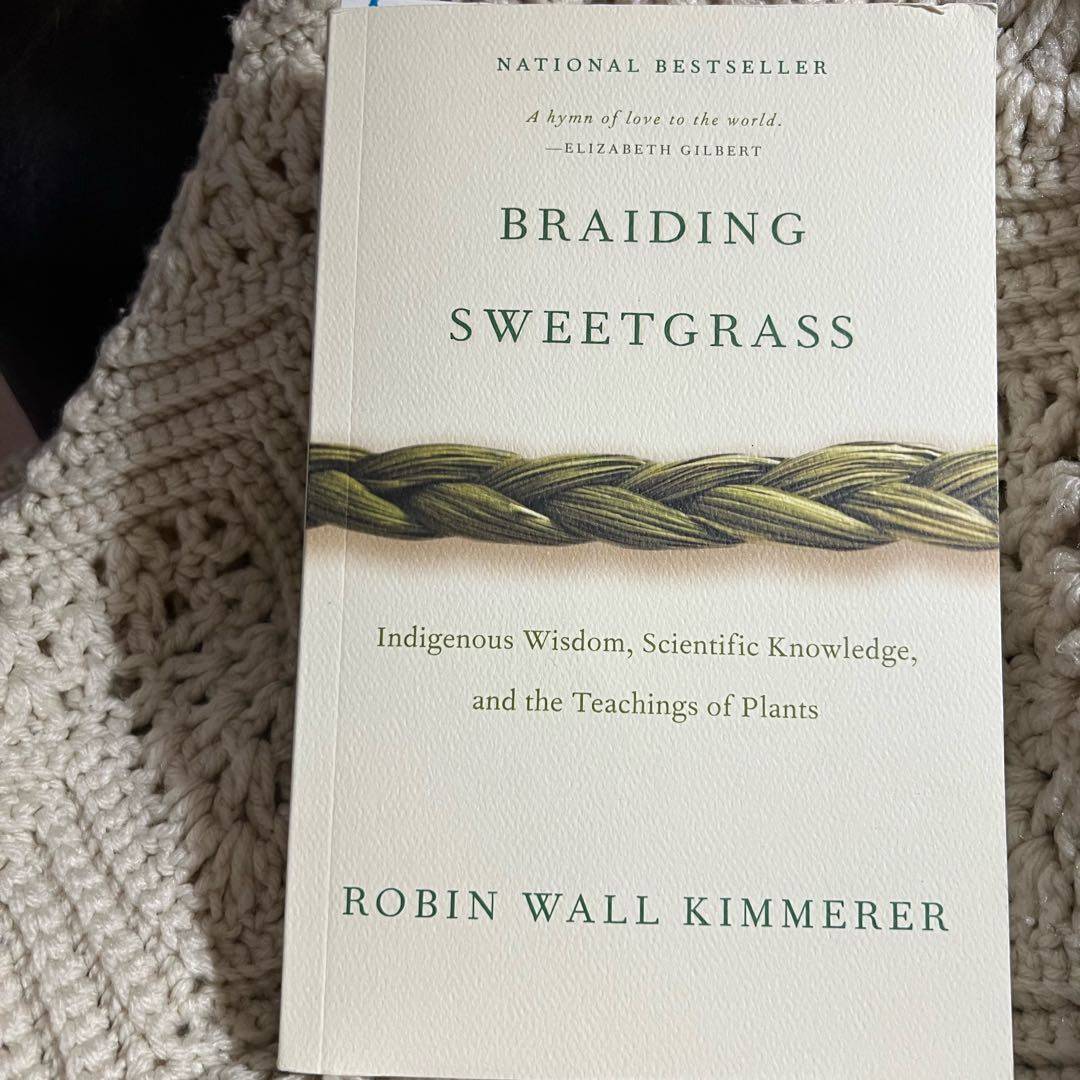
Excited to start this one. I have been wanting to read it forever.
Audio. The writing style took a bit to get used to, yet once it got there the theme really stuck. Slow narrative, but it works with this theme. Short stories to bring one back to nature. The books points basically take Native American gratitude teachings and reapply them to today‘s desire for buying stuff. What impacted me was the chapter on rain. How water connects us all. How rain is different for every item it falls upon.
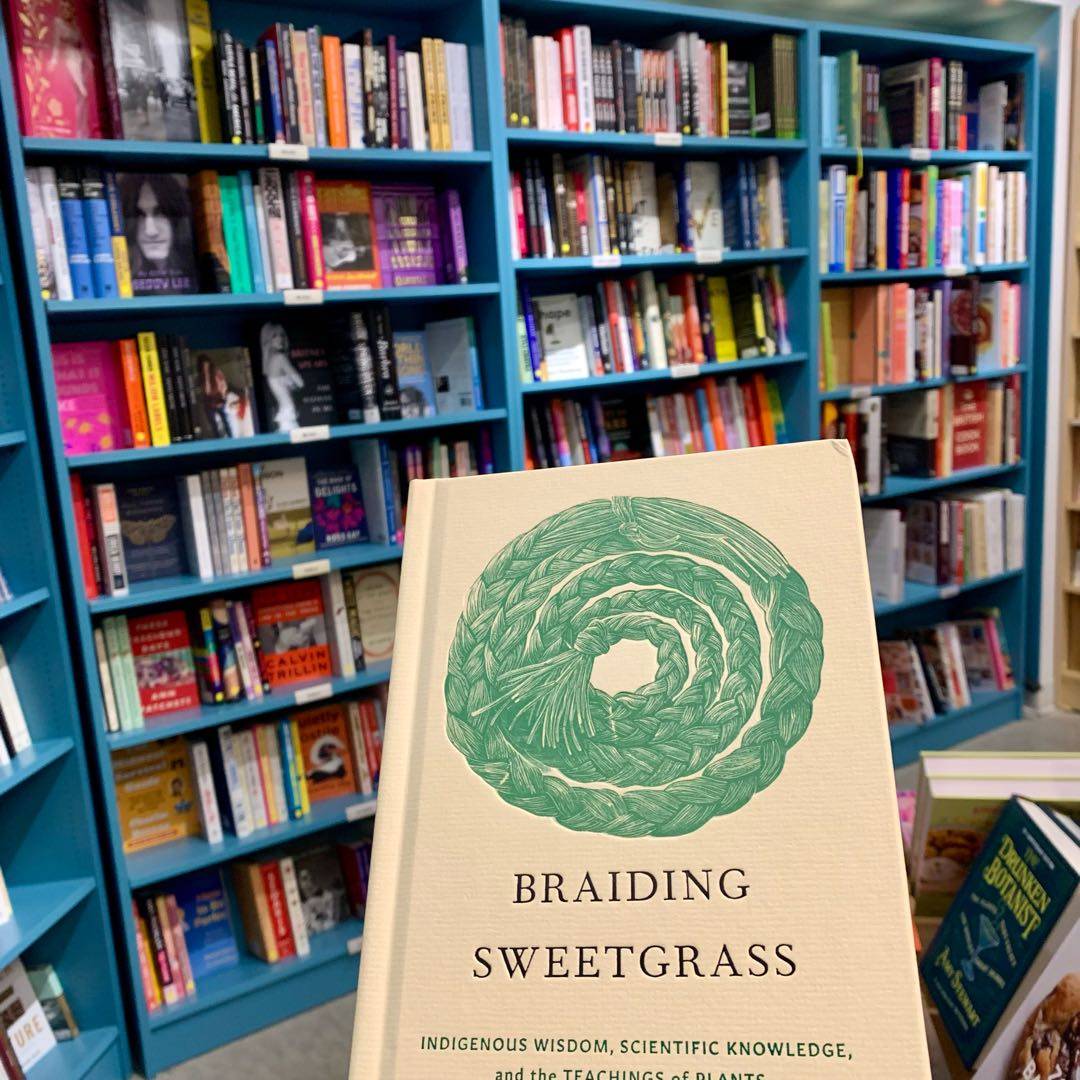
A nonfiction meditation on nature & humans & the way we interact. The book is at its strongest when the author is writing about her personal experiences, & not just facts & history. She is a scientist and her passion for the world around her is evident in her reflections.
“That is the power of ceremony. It marries the mundane to the sacred. The water turns to wine; the coffee to a prayer.”
“I close my eyes & listen to the voices of the rain.”
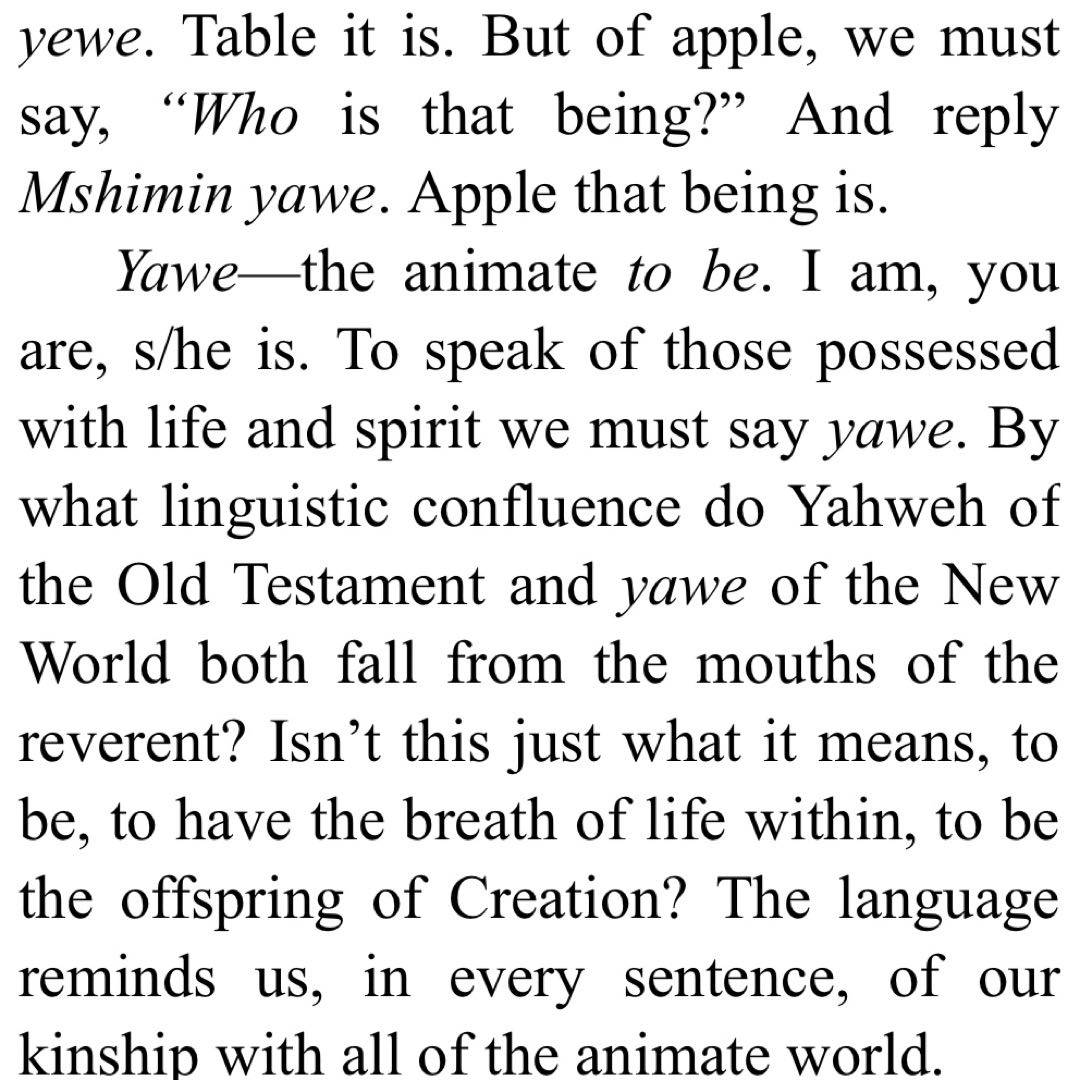
This is amazing. “We have so much more in common than what separates us.”
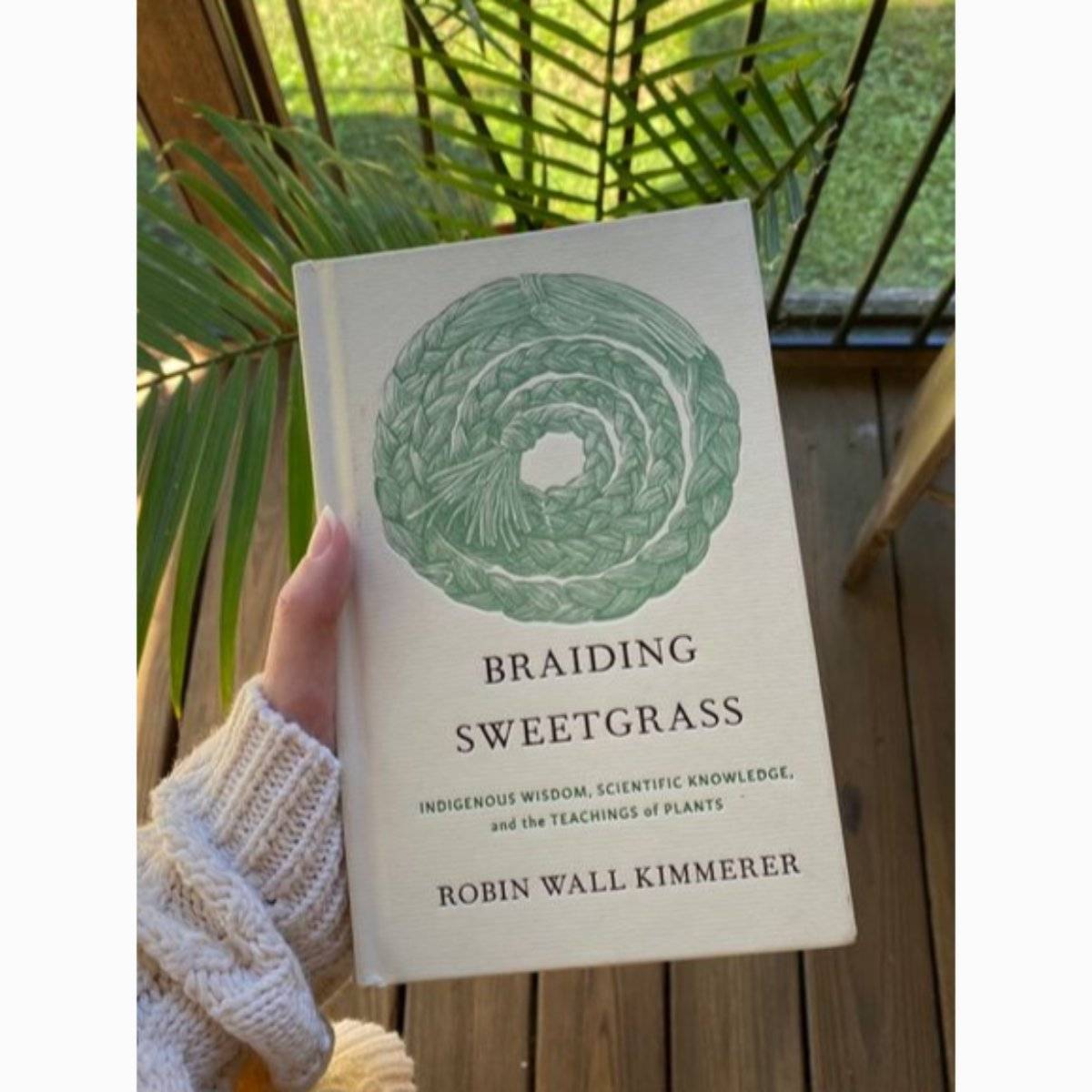
Braiding Sweetgrass by Robin Wall Kimmerer is a series of nonfiction, informative and argumentative essays centering on how humans and nature coexist. It explores various topics such as Indigenous knowledge of science and nature, environmental stewardship, healing and restoration and more specifically, a gift economy vs a private property economy, The Three Sisters and the harvesting of sweetgrass itself.
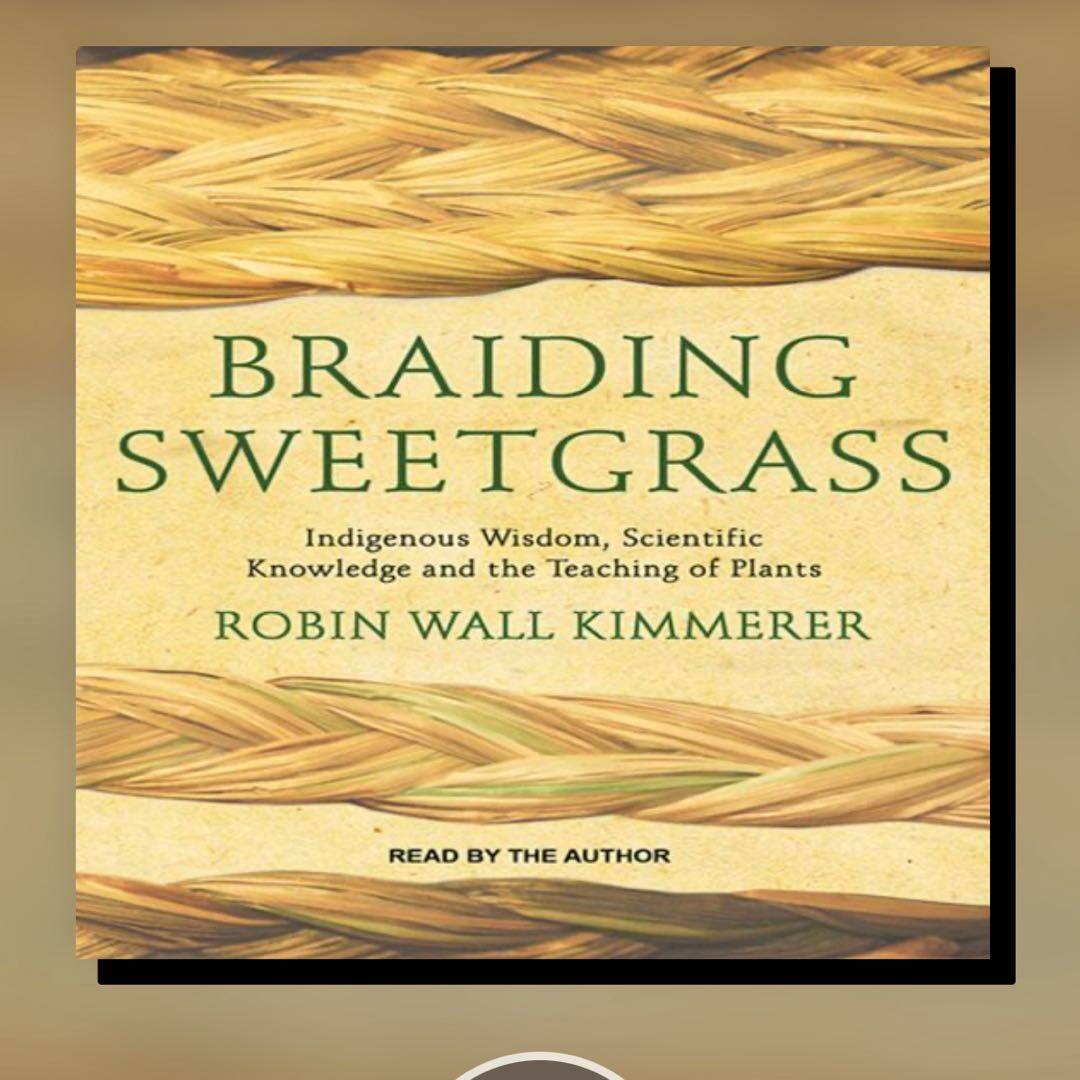
This is a beautiful ode to Mother Earth. Elegantly written by a biology student/professor and Native American about all the Earth gives to us. I learned a few things and I‘m grateful for what she has to teach us. In many ways, this book reminded me of Lab Girl but a much softer read if that makes sense.